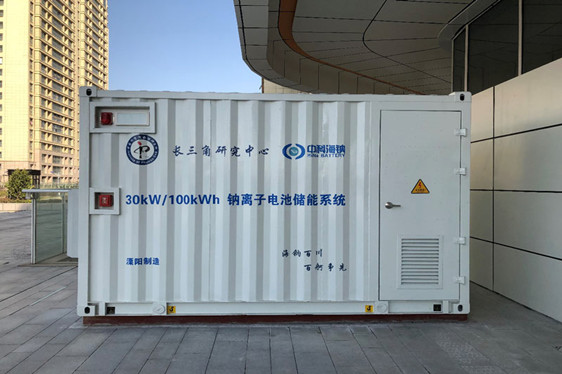Nov 16, 2020
Through the joint efforts of various research groups around the world, sodium-ion batteries have made continuous breakthroughs in electrode materials, electrolyte materials, characterization analysis, sodium storage mechanism exploration and cell technology, etc. The number of articles related to sodium ion batteries has been rapidly increasing, and the number of patent applications has been increasing year by year. In 2020, the U.S. Department of Energy released the layout of the battery research program, focusing on basic research and advanced manufacturing of power batteries and energy storage batteries. In this program, sodium-ion batteries are clearly regarded as the development system of energy storage batteries. The EU energy Storage plan "Battery 2030" announced the key battery systems for future development, including lithium-ion batteries, non-lithium ion batteries, and future new batteries. Among them, sodium-ion batteries are listed in the first place in the non-lithium ion battery system.
The EU Horizon 2020 Research and Innovation Programme has given priority to the development of "sodium ion materials as core components for the manufacture of durable batteries for non-automotive applications" (8 million euros). By 2020, over two dozen companies around the world have been committed to the research and development of sodium-ion batteries, including the UK Timat Faradion company, France, Japan shore field chemistry, American Natron companies such as Energy, and Energy of innovation in the group in sodium, sodium, sodium star companies such as electricity, are relevant for sodium-ion battery industrialization layout, and important progress has been made.
In fact, as early as the late 1970 s, sodium-ion battery, and lithium-ion battery almost at the same time to carry out the research, due to the constraint of research and researchers lithium-ion battery research enthusiasm, sodium-ion battery research once slow and stagnant, it was not until 2010 years after sodium-ion batteries for its development turning point and Renaissance, sodium-ion batteries in nearly a decade of research is achieved by leaps and bounds development. This is inseparable from the successful reference of lithium-ion battery research experience, but also inseparable from the continuous exploration of the intrinsic advantages of sodium-ion battery.

Sodium batteries work in a similar way to lithium-ion batteries. During charging, Na + is precipitated from the positive electrode material and inserted into the negative electrode material through the electrolyte. At the same time, electrons are transferred to the negative electrode through an external circuit to maintain charge balance. The discharge period is reversed.
In principle, the charging time of a sodium battery could be reduced to one-fifth that of a lithium-ion battery. The main feature of sodium-ion batteries is the use of Na + instead of the expensive Li +. In order to adapt to the sodium ion battery, the positive electrode material, negative electrode material, and electrolyte must be replaced accordingly. Compared with lithium, sodium-ion batteries have the advantage of abundant resources. Sodium resources account for about 2.64% of the total crustal reserves. In addition, the method of obtaining sodium is very simple, which makes sodium batteries more expensive than lithium-ion batteries.
Although the energy density of the sodium-ion battery is not as high as that of the lithium-ion battery, due to the high price of lithium carbonate at present, the sodium-ion battery still has a very broad application prospect: it is very high in fields with low energy density, such as energy storage in the power grid, peak shaving, wind energy storage and so on. In the future, sodium-ion batteries will gradually replace lead-acid batteries and be widely used in various low-speed electric vehicles to supplement lithium-ion batteries.
The working principle of sodium-ion battery is similar to that of the lithium-ion batteries, which USES the process of sodium ion embedding and de-embedding between positive and negative electrodes to realize charging and discharging. During charging, Na + is removed from the positive electrode and inserted into the negative electrode through the electrolyte, while an external circuit provides an electron compensation charge to the negative electrode to ensure a balance between the positive and negative electrodes. The discharge is reversed. Na + is released from the negative electrode and inserted into the positive electrode through the electrolyte. Under normal charge and discharge conditions.
(1) Abundant reserves of sodium salt raw materials, low price. Compared with the ternary anode material of lithium-ion battery, the material cost is reduced by half by using ferric manganese nickel base anode material.
(2) Due to the characteristics of sodium salt, it is allowed to use low concentration electrolyte (in the case of the same electrolyte concentration, the conductivity of sodium salt is about 20% higher than lithium electrolyte) to reduce the cost;
(3) Sodium ion does not form an alloy with aluminum, and aluminum foil can be used as a collector for the anode, which can further reduce the cost by about 8% and the weight by about 10%.
(4) Since the sodium-ion battery has no over-discharge characteristics, it can discharge to zero volts.
The above information is provided by a renewable power system installation company.
How Do Solar Panels Help The Environment?
Nov. 23, 2021
Follow Us
Navigation